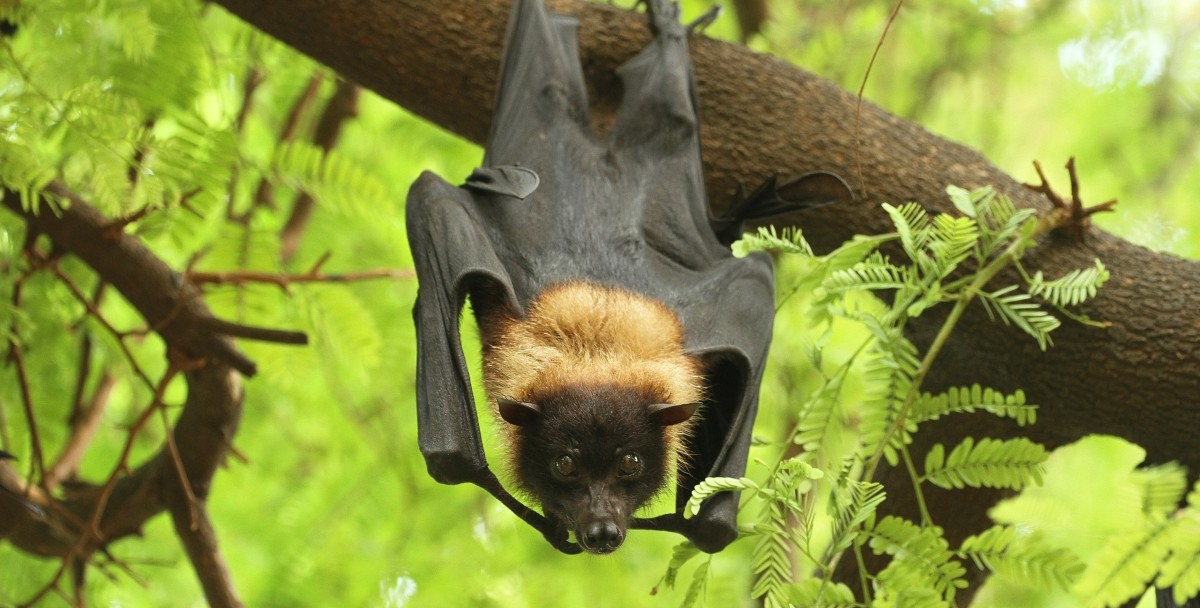The woman infected with Nipah, is currently undergoing treatment in a hospital in Perinthalmanna. Her condition was confirmed through tests conducted at the National Institute of Virology (NIV) in Pune and the Kozhikode Microbiology Lab.
Published May 09, 2025 | 5:59 PM ⚊ Updated May 09, 2025 | 5:59 PM

Nipah containment restrictions lifted in Malappuram as no new cases emerge
Synopsis: Kerala has imposed strict containment steps after a 42-year-old woman in Malappuram tested positive for Nipah virus. Multiple zones were sealed, animal samples collected, and contact tracing is ongoing. Twenty-five response teams are active. This is the third Nipah outbreak in Malappuram and the sixth overall in Kerala since the first reported cases in 2018.
In response to the confirmed Nipah virus infection in a 42-year-old woman from Valanchery in Kerala’s Malappuram district, the state government has rolled out stringent containment measures.
The measures include declaration of multiple containment zones within a three-kilometre radius and the collection of animal samples following the death of a cat in the area.
The decision was made during a high-level review meeting chaired by Health Minister Veena George on Thursday, 8 May evening.
The woman infected with Nipah, is currently undergoing treatment in a hospital in Perinthalmanna. Her condition was confirmed through tests conducted at the National Institute of Virology (NIV) in Pune and the Kozhikode Microbiology Lab.
The minister also informed that the State Medical Board has recommended monoclonal antibody therapy for the patient, which will be administered after receiving clearance from the Hospital Admission Committee. While the patient currently remains at EMS Hospital, her family has requested a possible transfer to Manjeri Medical College for further care.
In line with the state’s Nipah containment protocol, the Animal Husbandry Department will collect samples from the deceased cat and other potentially exposed animals to investigate if animal-to-human transmission may have been occurred.
Minister George also announced that 21 samples from seven high-risk contacts, including family members, have tested negative so far. However, two more family members have developed fever, and contact tracing efforts are ongoing.
Meanwhile, District Collector VR Vinod, in his capacity as Chairperson of the District Disaster Management Authority, has issued an official order under the Disaster Management Act, 2005, and the Public Health Act, 2023, to declare parts of Valanchery Municipality, Marakara Panchayat, Edayur Panchayat, and Athavanad Gram Panchayat as containment zones.
Declared containment areas include:
Twenty-five rapid response committees have been activated to handle containment, surveillance, and awareness campaigns. All contacts in both high-risk and low-risk categories will be observed for 21 days. Hospitals have been instructed to rigorously follow infection control protocols, and authorities have begun ensuring the availability of essential medicines.
Minister Veena George has urged the public to remain vigilant, wear masks, use hand sanitizers, and avoid unnecessary hospital visits. Masks and sanitizers have been made mandatory at upcoming public events such as the Ente Keralam exhibition in Kottakunnu.
This is the third Nipah outbreak in Malappuram and the sixth overall in Kerala since the first reported cases in 2018. The virus strain detected is the highly fatal Bangladeshi lineage, previously linked to zoonotic spillovers from fruit bats and known for limited but deadly human-to-human transmission.
(Edited by Sumavarsha, with inputs from Sumit Jha)
